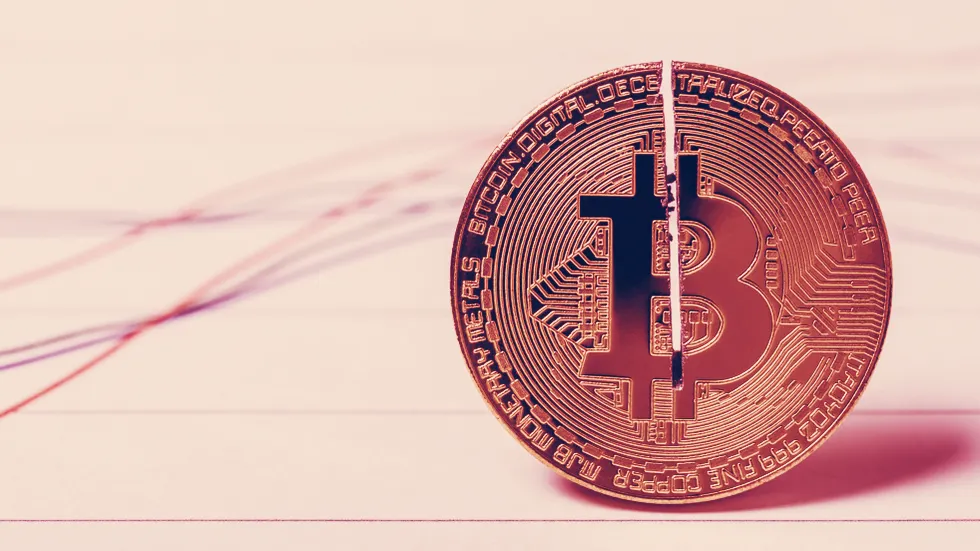Bitcoin's quadrennial halving is almost upon us. With just 50 days to go until Bitcoin's mining reward is sliced in half, Decrypt takes a look at what happened during the last two halvings, and conjects on what we can expect this time around.
In just over a month, Bitcoin's block reward will split in two, decreasing from the current reward of 12.5 BTC per block mined to just 6.25 BTC. The block reward is an amount of Bitcoin that is given to a miner when a new block in the blockchain is created. It’s designed to reward miners for running the network.
The halving will slash the amount of new Bitcoin being produced in half—slowing inflation and limiting the new supply of Bitcoin.
Bitcoin's halving takes place approximately every four years—or once every 210,000 blocks have been mined. This process of diminishing supply will continue until every last block is mined, and all 21 million Bitcoin—or whatever's left of them—has been distributed.
The next halving is set to take place once again on May 6, 2020, and will mark Bitcoin's third-ever halving.
Bitcoin has undergone two halvings thus far. During the first cut, the mining reward decreased from a comparatively massive 50 BTC to 25 BTC per block mined. The second halving sliced the mining reward down to 12.5 BTC per block mined. Come May, Bitcoin's reward will halve once more—this time to 6.25 BTC.
Let’s just hope Bitcoin’s price doesn’t halve again.
Disclaimer
The views and opinions expressed by the author are for informational purposes only and do not constitute financial, investment, or other advice.
Daily Debrief Newsletter
Start every day with the top news stories right now, plus original features, a podcast, videos and more.

